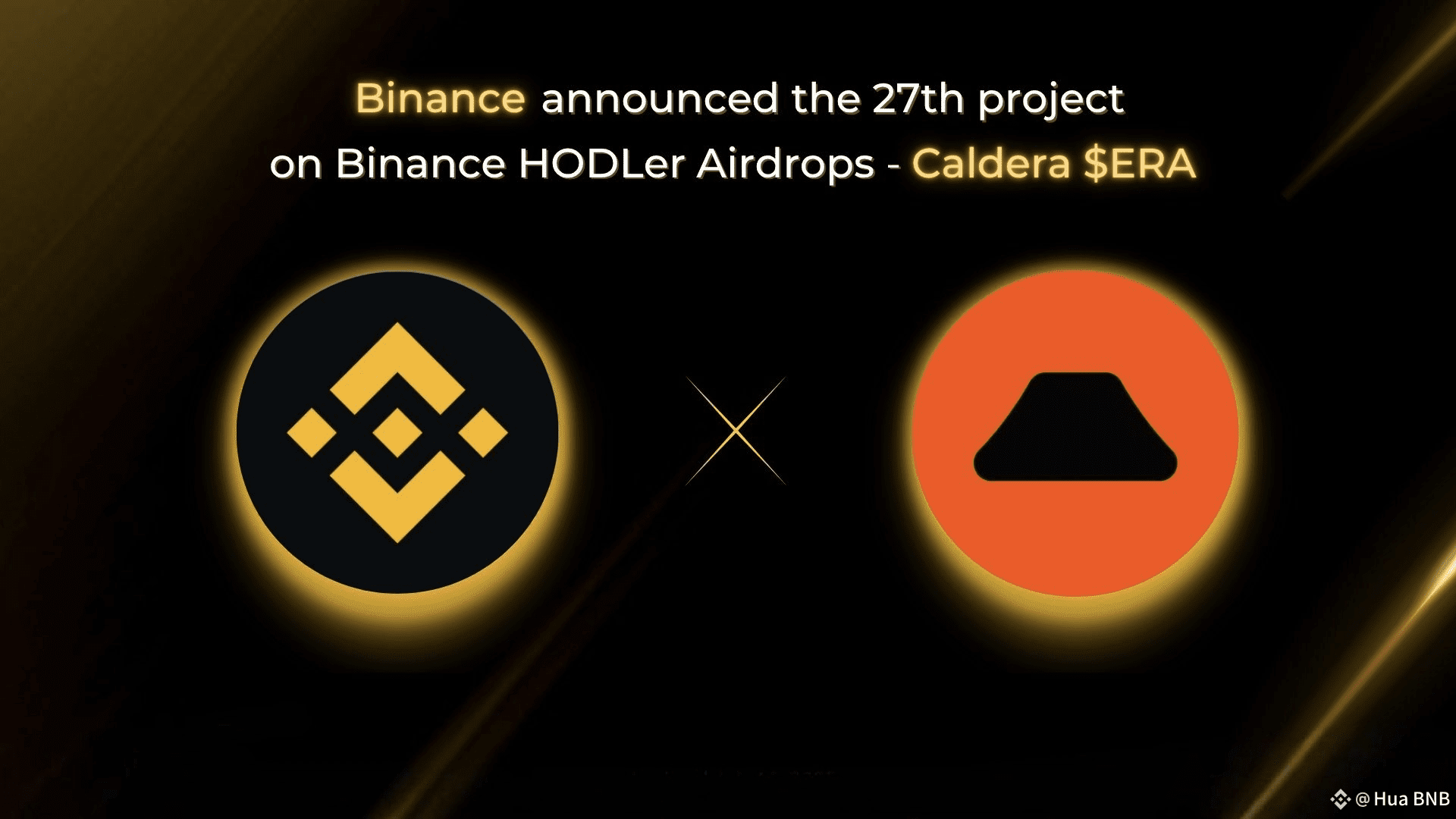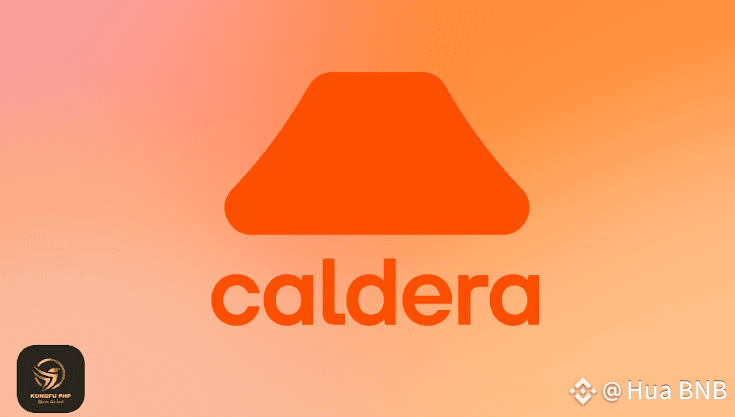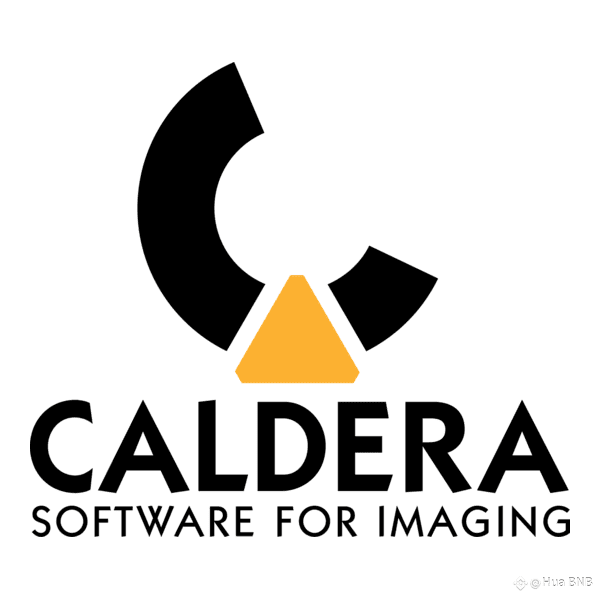1. Understanding Restlessness: Campi Flegrei’s Hidden Architecture
Recent high‑resolution seismic imaging has revealed Campi Flegrei caldera (Italy) comprises three distinct underground layers:

A 1–2 km thick fibrous caprock
A steam‑filled chamber spanning 2–4 km depth
A dense basement rock layer beneath
Further research shows the recurring earthquake swarms and ground uplift are driven by overpressure in a sealed geothermal reservoir, not magma migration. The caprock self‑heals via mineral fibers like cement, creating a closed system where water turns to steam explosively when pressure finally breaks the lid . A novel finding: managing groundwater levels (e.g. diverting rainfall or reducing recharge) could potentially mitigate destabilizing unrest at the caldera .
2. Campi Flegrei: A Sponge for Magmatic Gases
Another breakthrough: scientists identified a tuff layer 3–4 km deep beneath Campi Flegrei that acts like a sponge, trapping volcanic gases. As these pores saturate, the rock deforms or fractures, triggering earthquakes even in the absence of magma movement. This may explain decades‑long cycles of restlessness in the region .

3. Kīlauea Caldera: Machine Learning Predicts Collapse
At Kīlauea (Hawaii), researchers employed a graph neural network trained on seismic, GPS, and tilt data from its 2018 summit collapse. The model predicts collapse events within hours, even with only half a day of data. It effectively sensed the underlying physics and may generalize to forecasting similar caldera collapse sequences .
Moreover, a new eikonal tomography model provides ultra‑high‑resolution 3D imagery of Kīlauea’s magmatic plumbing with quantified uncertainty—delivering unprecedented insight into subsurface melt volumes .

4. Yellowstone’s Magma “Cap” and Subsurface Structure
In an unprecedented experiment, geophysicists triggered controlled seismic waves (“tiny earthquakes”) using a heavy truck to pinpoint the top boundary of Yellowstone’s magma reservoir. They located a sharp, volatile‑rich magma cap about 3.8 km (≈ 2.4 miles) beneath the surface. This layer appears to regulate pressure and vent gas steadily, reducing eruption risk and confirming the system’s active but stable character .
5. Yellowstone / Henrys Fork: Basalt–Rhyolite Link in Eruption Timing
New argon‑dating of eruption events around the Henrys Fork Caldera (near Yellowstone) revealed multiple basaltic lava flows over the past 1.3 million years. Remarkably, a basalt flow as recent as 35,000 years ago is now identified—making it the youngest known eruption in the Yellowstone region. The data suggest that basaltic activity in deeper magma systems may trigger rhyolitic eruptions above, indicating a dynamic coupling between deep and shallow magmatic reservoirs .

6. Global Tools: Hephaestus Minicubes for Caldera Monitoring
The Hephaestus Minicubes dataset compiles high‑resolution satellite (InSAR), topographic, and atmospheric data for 44 active volcanoes, tracking ground deformation across seven years. With expert‑annotated events, it's enabling machine learning research in volcanic unrest identification and hazard prediction—a powerful new resource for caldera science .

Key Takeaways
New Insight Significance
Pressure from groundwater drives seismic unrest in Campi Flegrei Offers active mitigation options – manage water to reduce quake cycles
Tuff caprock trapping gas generates deformation Reveals non‑magma triggers and helps explain long‑term unrest
AI forecasting at Kīlauea Enables real‑time prediction of collapse events using limited data
High‑res imaging under Yellowstone Mapping magma cap precisely reduces uncertainty over eruption potential
Basalt–rhyolite coupling in Yellowstone region Helps interpret eruption sequencing and future risk
Global deformation dataset (Minicubes) Supports global prediction models and comparative studies

Why These Findings Matter
Better hazard modeling: physical imaging combined with machine learning offers more accurate forecasts.
Intervention strategies: in regions like Campi Flegrei, non‑volcanic fluid pressure can be managed—introducing proactive risk mitigation previously unseen.
New global frameworks: datasets like Minicubes standardize monitoring and improve comparative understanding across volcano systems.

Final Thought
2025 has delivered a new era in caldera science: from spatially detailed subsurface mapping and cutting‑edge machine learning forecasts, to practical mitigation strategies based on groundwater control. These fresh insights are reshaping how scientists understand, monitor, and potentially manage risks associated with these immense volcanic features.
#Caldera @Caldera Official $ERA


